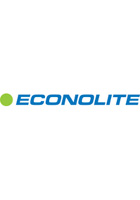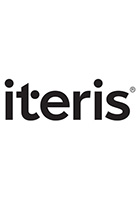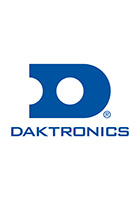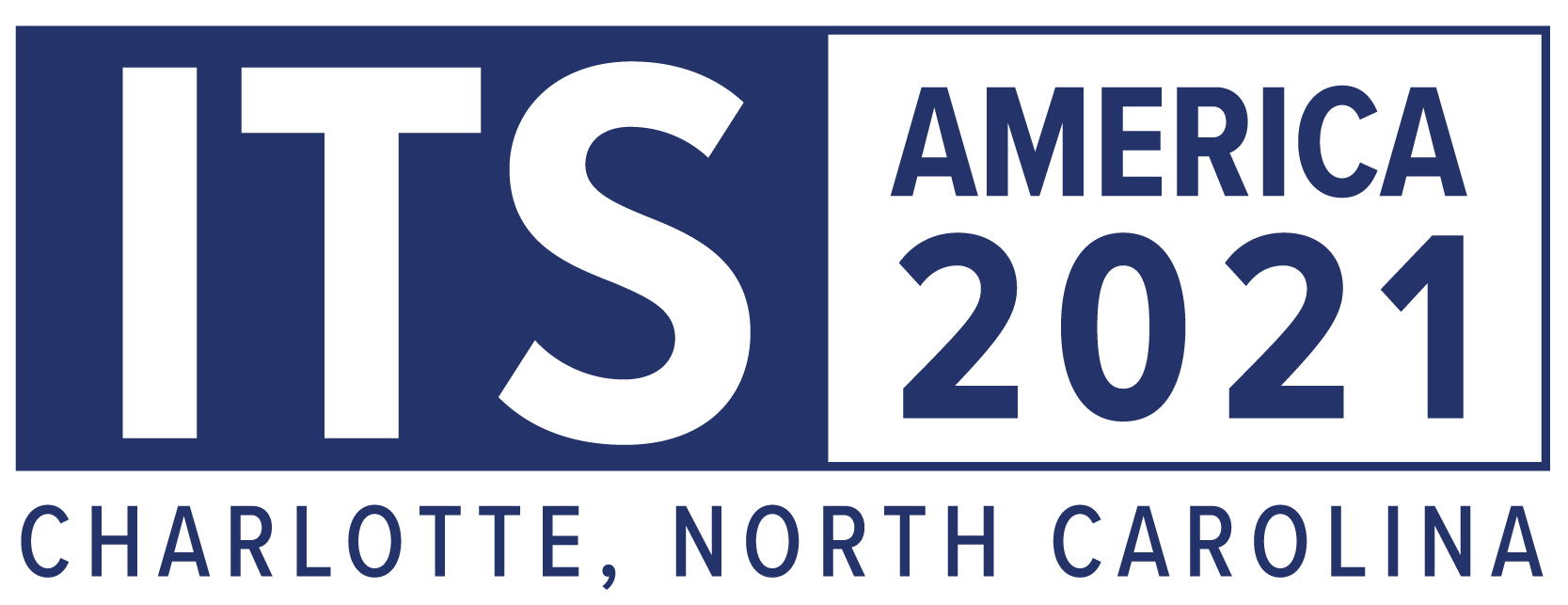For the virtual sessions, which will be available for the next 12 months, attendees just need to modify their registration and log back into their registration profile to view all the sessions on demand. There are 18 in-depth discussions and presentations (which are pre-recorded and available on-demand during the show). This includes nine executive sessions which will be recorded in-person and then available on-demand one week after the show. The seven Exhibit Hall Education Theatre sessions will also be recorded in-person and then available on-demand one week post-show. The two keynote presentations will also be live-streamed and then available on-demand post show.
Here is a selection of just some of the online content attendees will have access to.
Cyber Attacks on Traffic Control Networks and Their Potential Impact on Critical National Defence Logistics
This session discusses how recent cyber-attacks and discovered vulnerabilities can potentially impact designated, high-priority routes used for emergency movements of troops, and materiel from forts to ports for national defence deployment overseas. The session closing is comprised of available resources to stakeholders, best practices, planning, interagency collaboration, pre-established command and control, and ideas for field training and tabletop exercises.
Digital Mobility as a Tool for Transportation Network Resilience
Recovery from Covid-19 will not just be a return to “normal.” It will test the resilience and flexibility of transportation networks across the world to bounce back. The mobility network is also at a crossroads – major disruptions provide an opportunity to think critically about what it means to build back better. This session delves into the future of digital mobility, the data, technical and payment solutions for digital mobility, and the applications for post-Covid-19 resilience.
How Do Agencies Cope with the Transition from DSRC to CV2X and Beyond
Recent connected vehicle deployments have focused on the investment in dedicated short-range communications (DSRC) infrastructure; however, this is now pivoting to Cellular Vehicle-to-Everything (CV2X), with the US Federal Communication Commission (FCC) guidance and rulemaking directed at CV2X. There are still many questions on how the existing deployments will evolve their infrastructure to meet this new guidance. Additionally, what happens if technology continues to evolve, and how do we create a resilient process to be “technology future-proof?” This panel discusses real-life determinations that cities and agencies must consider in the rapidly evolving world of connected vehicle technology. The goal is to understand how connected vehicles can evolve in a world that is safer, greener, and smarter.
How Southern Nevada Transportation Agencies used Collaboration and Proactive Measures to Reduce Crashes
In 2020, the National Safety Council awarded a grant to the Nevada Highway Patrol, in collaboration with the Nevada Department of Transportation (NDOT) and the Regional Transportation Commission of Southern Nevada (RTC). The Road to Zero grant was aimed at implementing a proactive crash prevention scheme using artificial intelligence (AI) and predictive analytics to dynamically identify at-risk road segments and deploy proactive countermeasures. The results were conclusive: crashes were reduced by 18%; drivers lowered their speeds below the posted speed limit; and overall traffic speed variations were narrowed, helping smooth traffic congestion. This panel explores how regional collaboration between law enforcement and traffic operations enabled tangible improvements in road safety and lowering fatalities on the roads of Nevada, far beyond those seen nationally. The panellists discuss lessons learned throughout the process, challenges from leveraging AI based systems, and future application of such collaboration across the state, and the potential for such collaboration regionally among states.
The Who, What, How, and Why of Leading Open Transportation Data Standards
In your day-to-day life, you may interact with open transportation data standards without even knowing it. In this session, you’ll learn about several standards - GTFS, GBFS, MDS, WZDx - what they represent, how you can use them, the challenges that they face, and how you can get involved in the community of stakeholders working to improve them.
Connected Vehicle Innovation Driven by States but Executed Locally
State departments of transportation across the United States are experimenting with new connected and automated vehicle (CAV) innovations by supporting localised testbeds or pilot intersections that could eventually scale to state-wide deployment. This session is aimed to inquire about how a state transportation agency develops ideas for full-scale that must be implemented locally. The session engages three different state agencies – the departments of transportation of California, Maryland, and Nebraska – in understanding what problems they are aiming to solve that meets state-wide objectives supporting overall safety and mobility objectives.















